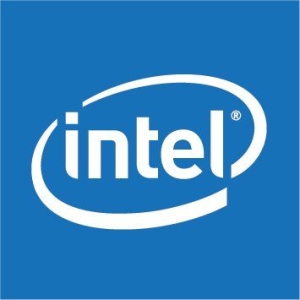OpenVINO offers superior model comparison, testing, and deployment, supporting diverse models. It provides cost-effective inferencing and streaming from camera inputs, tailored for Movidius yet flexible for X86, Intel CPUs, and GPUs. Its ease of integration and custom model conversion is notable. The platform supports cross-platform use, runs on non-NVIDIA GPUs, and is valuable for CPU deployments. OpenVINO's benefits include GPU performance enhancement on Raspberry Pi and significant cost savings in hardware usage.
- "The benefit from using OpenVINO is that NVIDIA is dominating the market of GPUs and they set the price, so if I am able to run an LLM doing inference in commodity hardware, I am saving costs."
- "The runtime of OpenVINO is highly valuable for running different computer vision models."
- "Intel's support team is very good."
OpenVINO requires improvements in model conversion speed and integration with varied machine learning tools. It faces challenges with complex neural networks and lacks vehicle recognition capabilities. Cross-platform compatibility is limited, being heavily reliant on Intel hardware. There's a need for PyTorch model hub expansion and better support for Apple silicon. Sustaining availability of software packages for older devices like Raspberry Pi would be beneficial to users. Performance on non-Intel hardware is also a common concern.
- "I couldn't get it to run on my Raspberry Pi 4 because the software packages to download were no longer available."
- "I think that it's not properly designed for scalability. It's designed for other purposes, specifically to be able to use Intel hardware and run inference using generative models or deep learning models in Intel hardware."
- "It would be great if OpenVINO could convert new models into its format more quickly."


